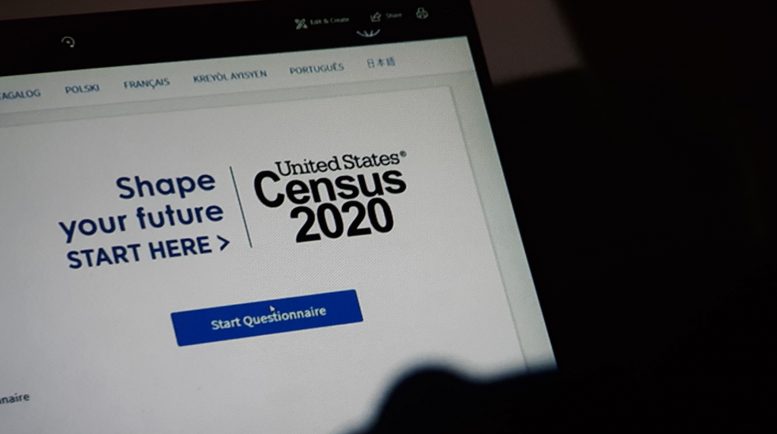By JAN LARSON McLAUGHLIN
BG Independent News
Local officials are trying to digest the stew of U.S. Census numbers released on Thursday.
In a nutshell – Wood County saw the highest growth in Northwest Ohio, Bowling Green experienced modest growth, and Perrysburg numbers continue to explode.
Wood County grew by 5.4% since the 2010 national headcount, bringing its population to 132,248.
That outpaces Ohio’s modest 2.3% growth, bringing the state’s population to 11,799,448, an increase of 262,944 people. Wood County experienced the most robust growth in Northwest Ohio.
“I’m not surprised by that,” Wood County Planning Director Dave Steiner said this morning. “We’ve got all this industry – we’ve got to get more people here.”
Steiner’s concern is a lack of affordable housing for the growing population.
“I’m worried about getting the housing for them,” he said.
Wood County was one of only 33 counties among the state’s 88 that did not see a decline in population. Delaware County experienced the greatest growth, at 24%. Harrison County in the eastern part of the state saw the greatest decline, losing 8.7%.
Bowling Green grew 2.6%, from 30,028 in the 2010 census to 30,808 in the latest count.
Perrysburg saw its numbers jump 21.4%, with the 2020 census counting 25,041 residents. Rossford experienced a miniscule growth of 0.1%, while Northwood’s population slipped by 2%.
Of Wood County’s 19 townships, 14 lost population. The five townships that experienced growth were: Middleton Township up 26%, Perrysburg Township up 8.5%, Troy Township up 5.9%, Lake Township up 1.7%, and Washington Township up 1.2%.
The census breakdown in Bowling Green showed the following numbers for race and ethnicity of city residents:
- White, 83.1%, which is down 2.7%
- Black, 5.5%, which is down 11.6%
- American Indian, 0.3%, which is up 25%
- Asian, 2.4%, which is up 17.5%
- Pacific Islander, went from 9 to 6 residents, so down 33.3%
- Hispanic or Latino, 7.1%, which is up 51.5%
- Two or more races, 6.7%, which is up 215.8%
- Other, 2%, which is up 41.1%
The population of the U.S. grew 7.4% to 331,449,281, an increase of 22,703,743.
According to the census, the nation’s population is older and more diverse. The number of those age 18 and younger declined. And for the first time, those identifying as white dropped below 60% of the population, to 57.8%.
Last year at this time, local officials were scrambling to get residents to fill out their census forms.
Bowling Green officials had high hopes that this first ever online reporting would result in more people responding. However, those hopes were dashed when the coronavirus hit, and there was a mass exodus of BGSU students back to their hometowns.
Plans for census public awareness events were trashed because of COVID. Normally, census promotion would have been part of every community event. But as events were canceled due to COVID, census promotions were put on the wayside.
A lot rests on census head counts.
The numbers count when determining how many congressional members Ohio gets, how much the region gets in federal highway funds, and which businesses want to invest here.
The information collected by the census is vital to Ohio getting its fair share of federal government resources.
The city of Bowling Green counts on the census to reflect the number of people using city services – including all the students at BGSU.
It’s also important in congressional representation. Ohio lost two seats in Congress after the last census, and is at risk of losing more after the 2020 census.
The count affects funding for education, health care, transportation, social services, emergency responders, plus services for elderly and for people with disabilities. Businesses also use the information to decide where to put or expand operations.

